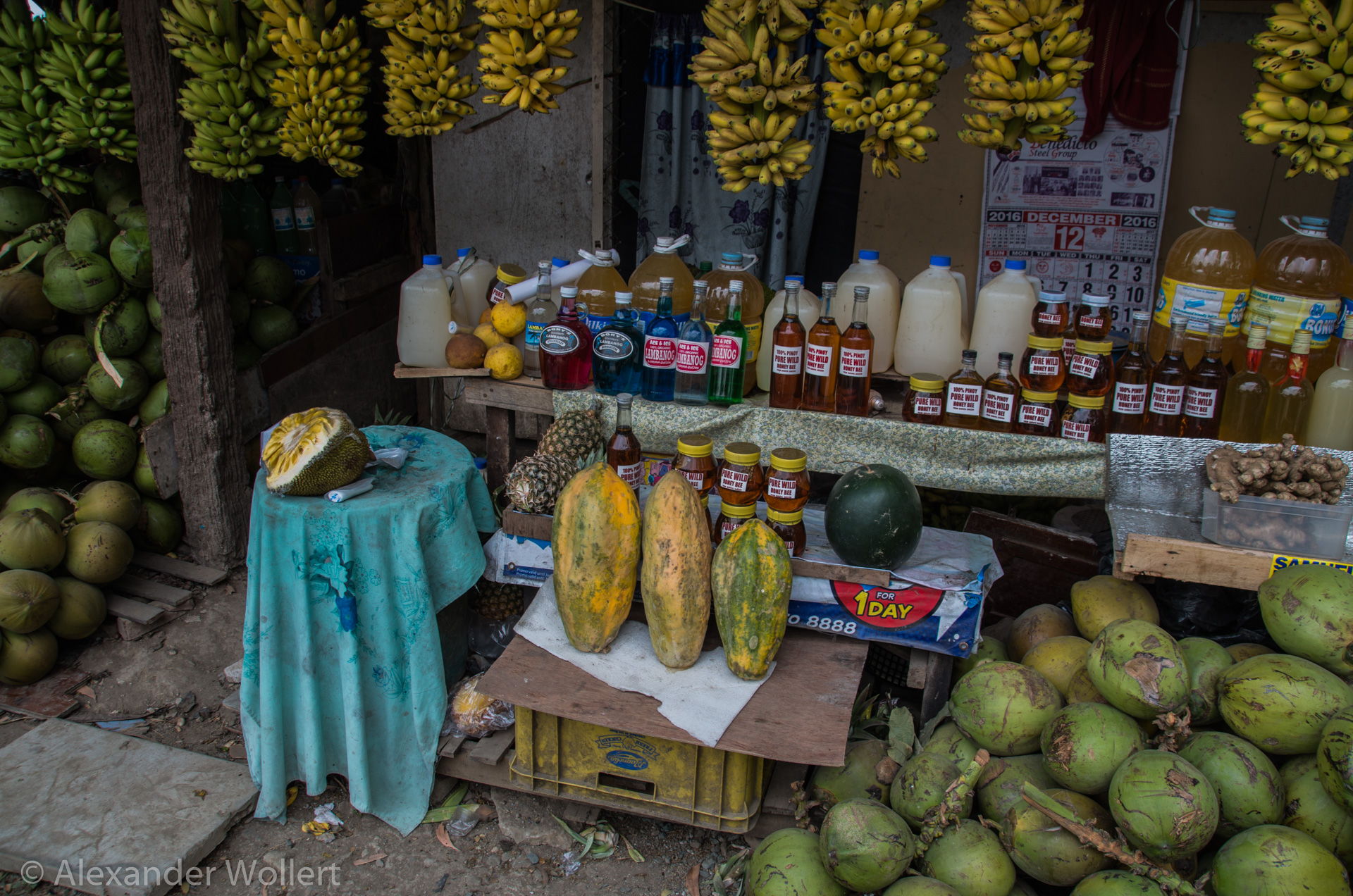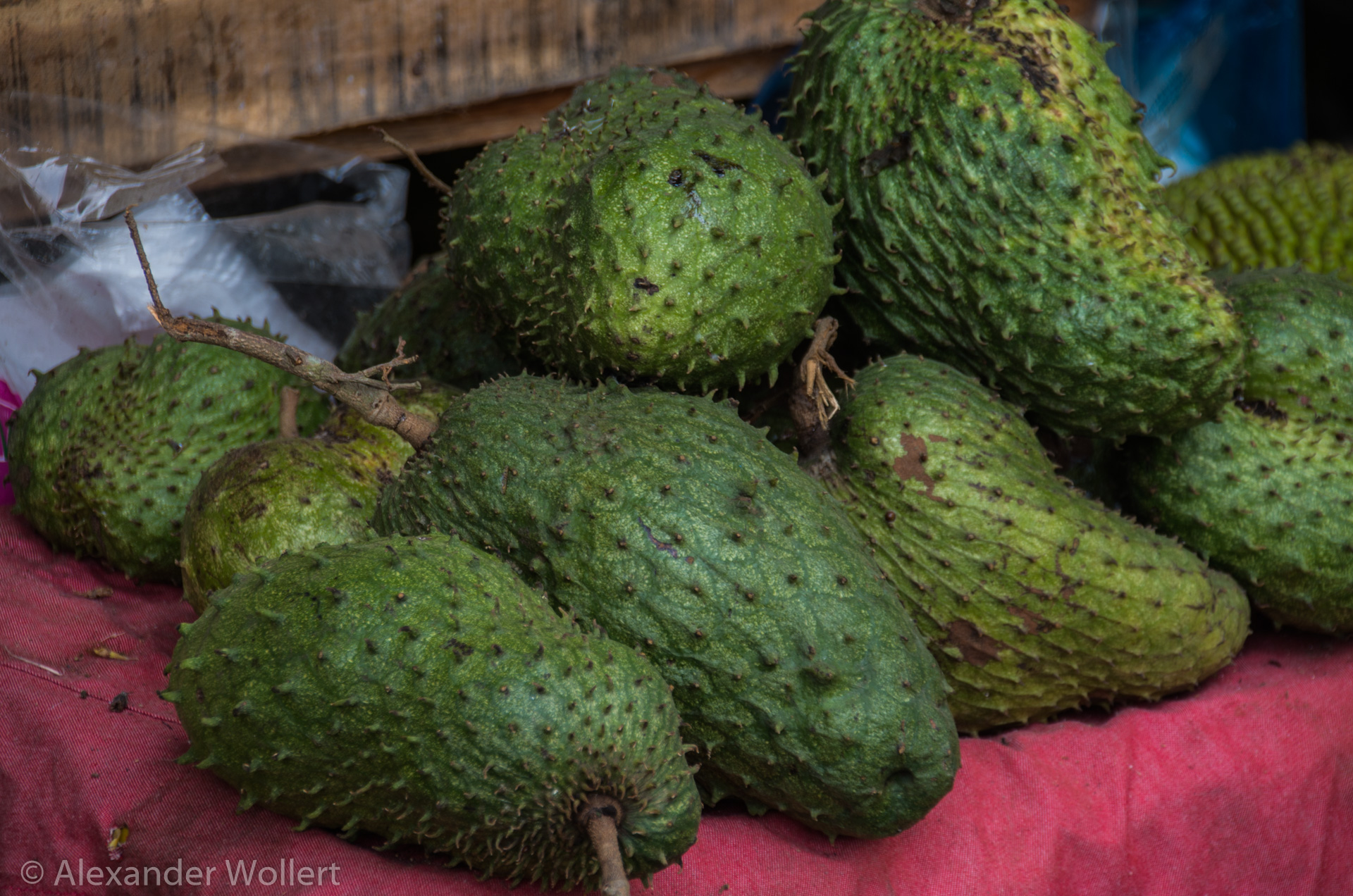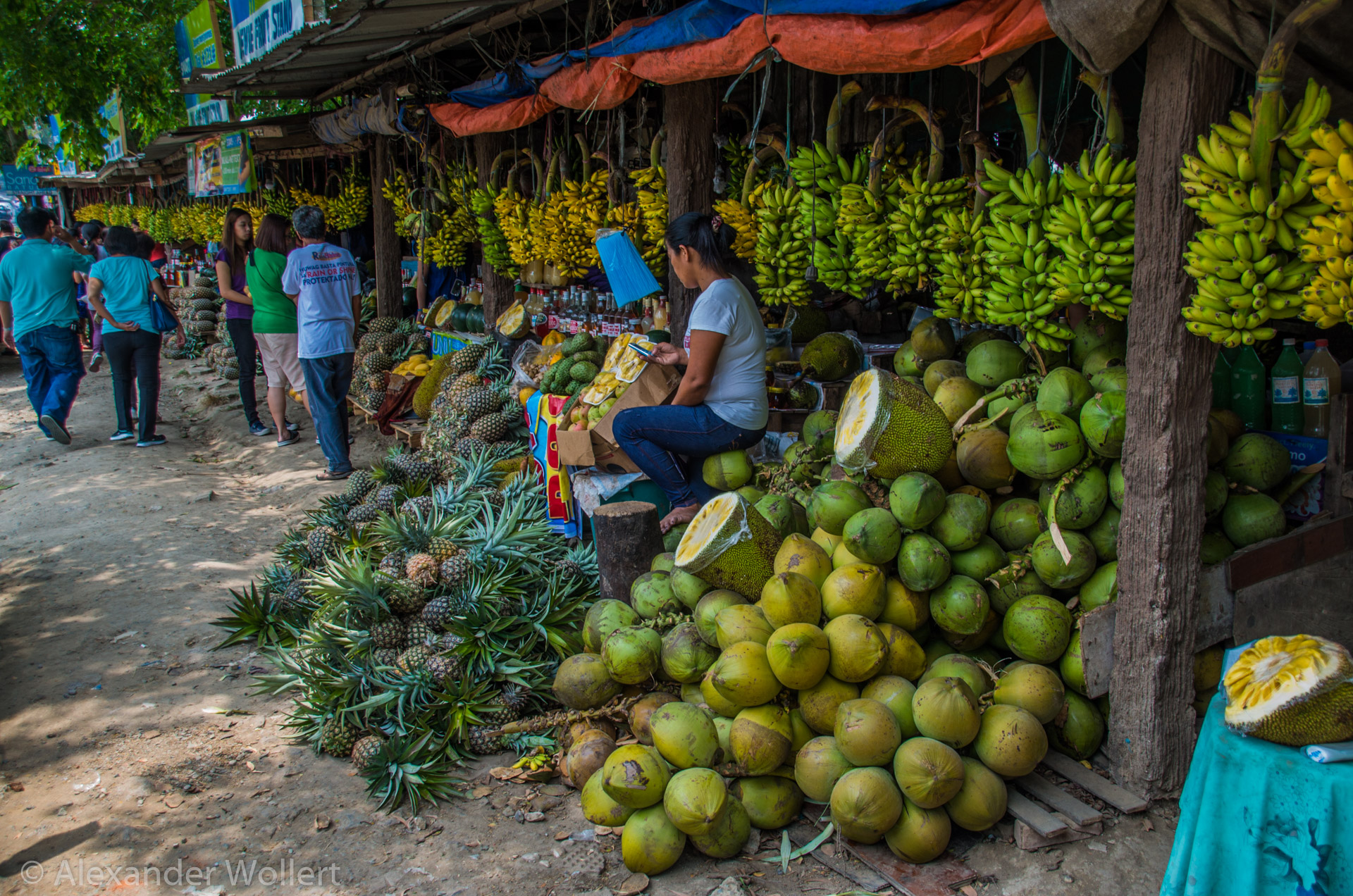Diary Entry
It was a disaster that we lost the GoPro. All video footage from the whale sharks, Banaue and Singapore was gone. From Manila I should call the owner of the backpacker from Donsol, who in turn found the trycycle driver who had driven us to the waterfall. But no one found our camera.
The next day we set off with Caroline to climb a volcano. On these islands there are many volcanoes, some of which are still very active, as they belong to the Pacific ring of fire. We had already got to know Mt Mayon. Not far from Manila is the Pinatubo, which gained notoriety in 1991 when it broke out with the second largest eruption of the 20th century and killed hundreds of people with pyroclastic clouds.
Due to the more beautiful nature, we decided on the also highly dangerous Taal, the eruption of which has now been overdue for 10 years. This volcano has the property that its crater lake is located in a crater on an island within a lake within the island of Luzon.
We were lucky. We were spared during our visit. The Taal volcano will only erupt in 2020 and will have new eruptions steadily until 2021.
Early in the morning we drove to the shore of the outer crater lake. There is a volcano observatory that we paid a visit to. It was unusually foggy that day and from a height we could barely make out the formations of the island in the lake. It was a spooky mood in the fog to want to visit a volcano in a lake and it tingled promisingly for fairy tales with mystical creatures
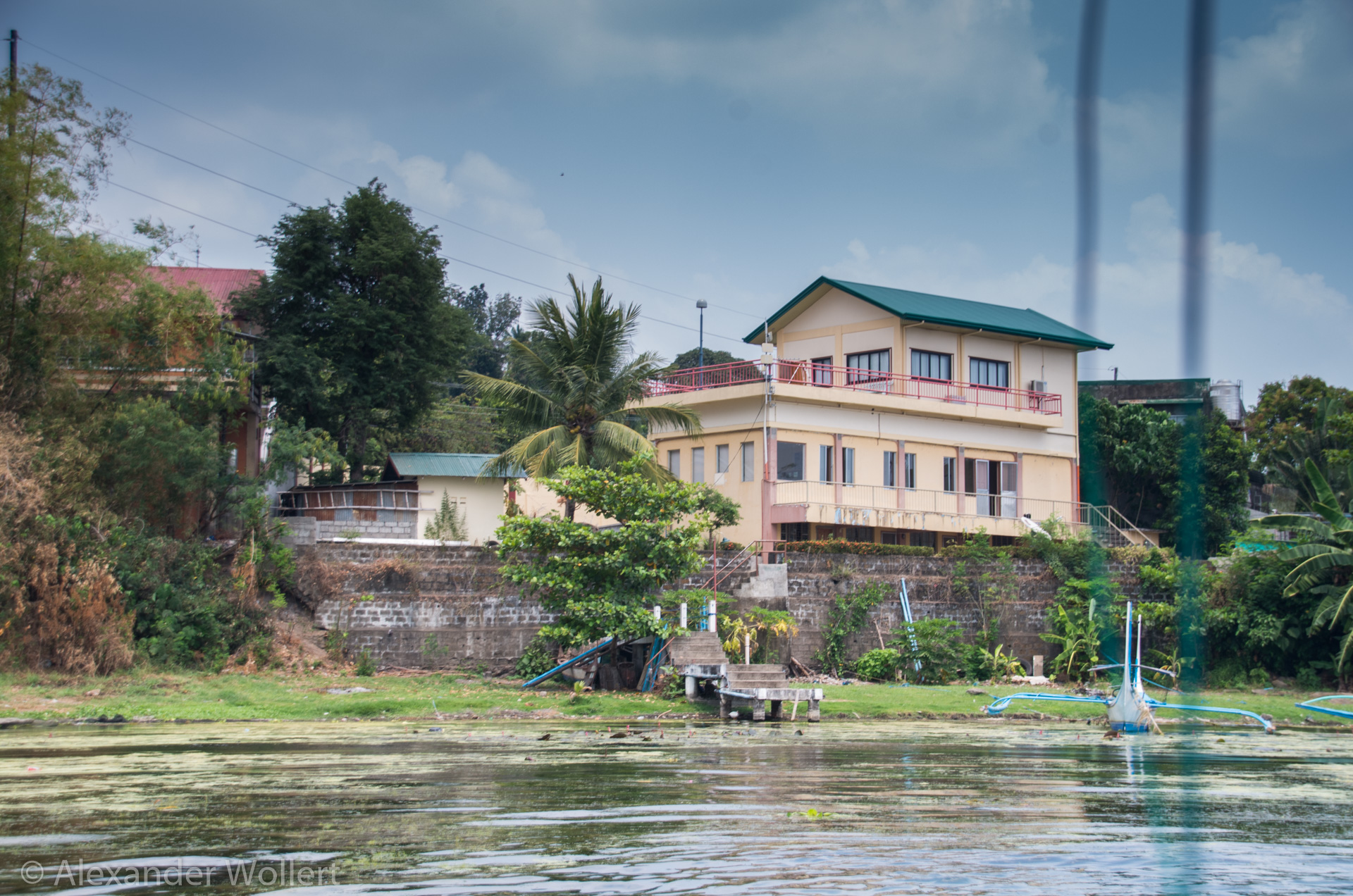
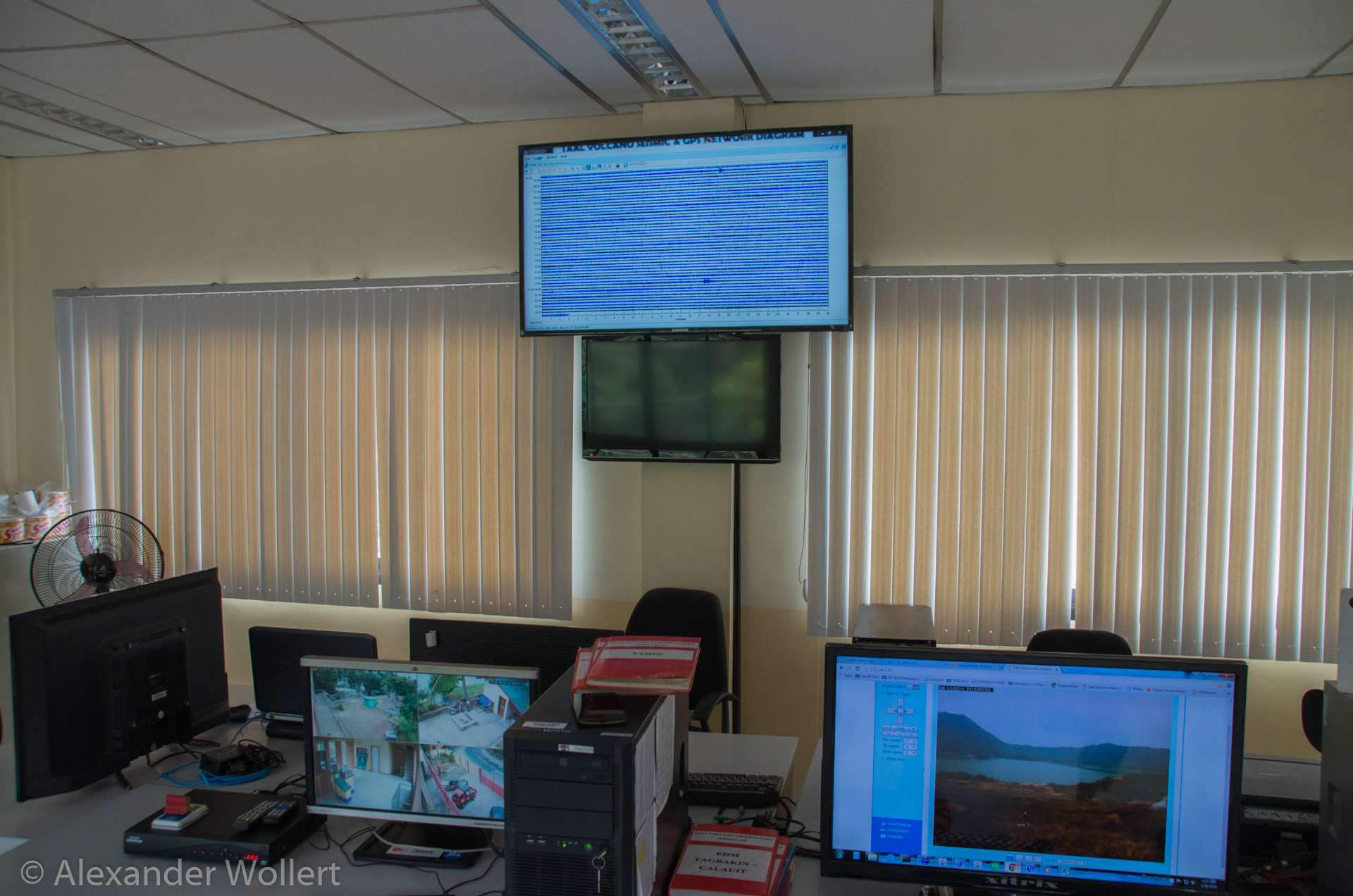
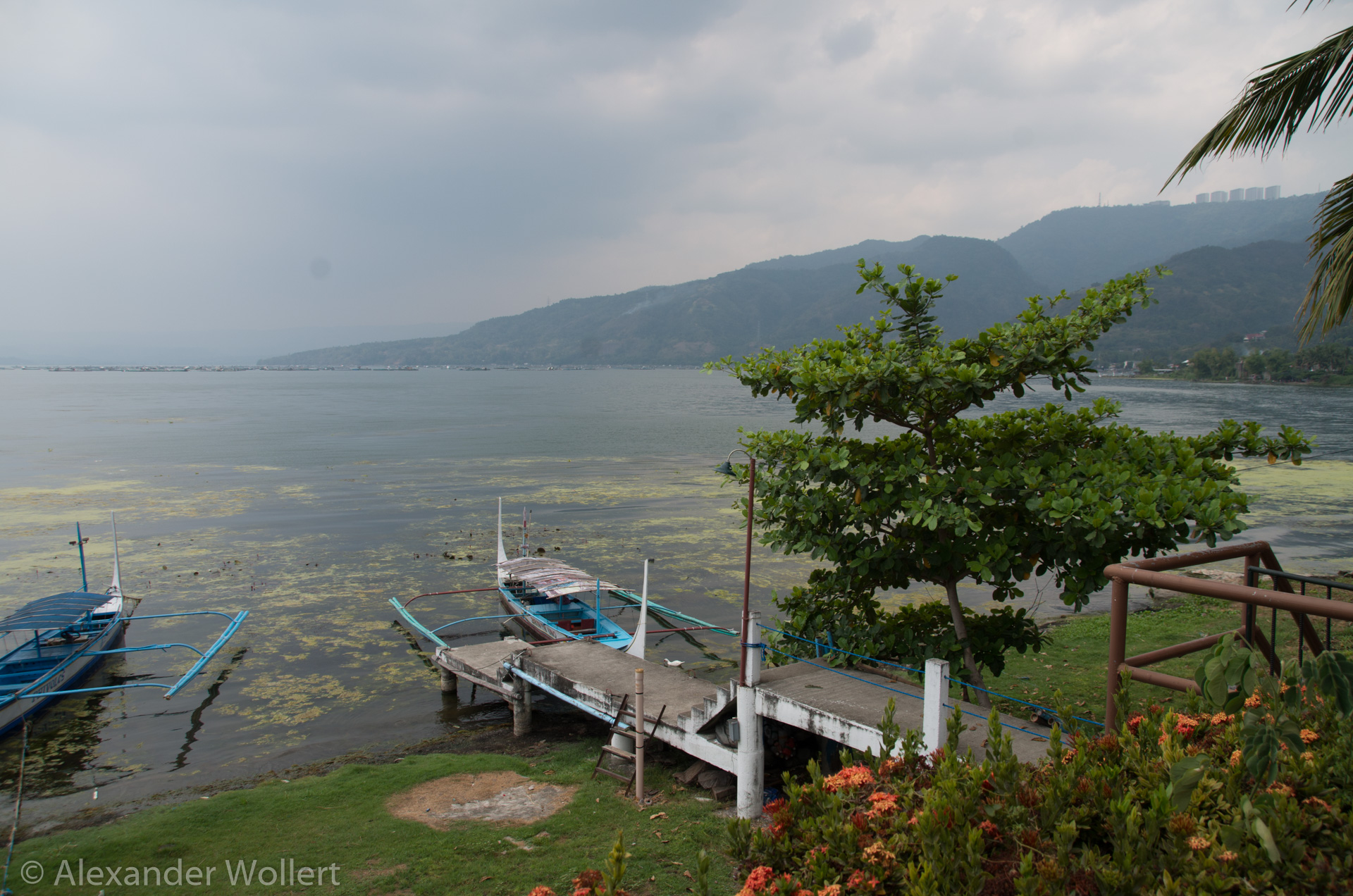
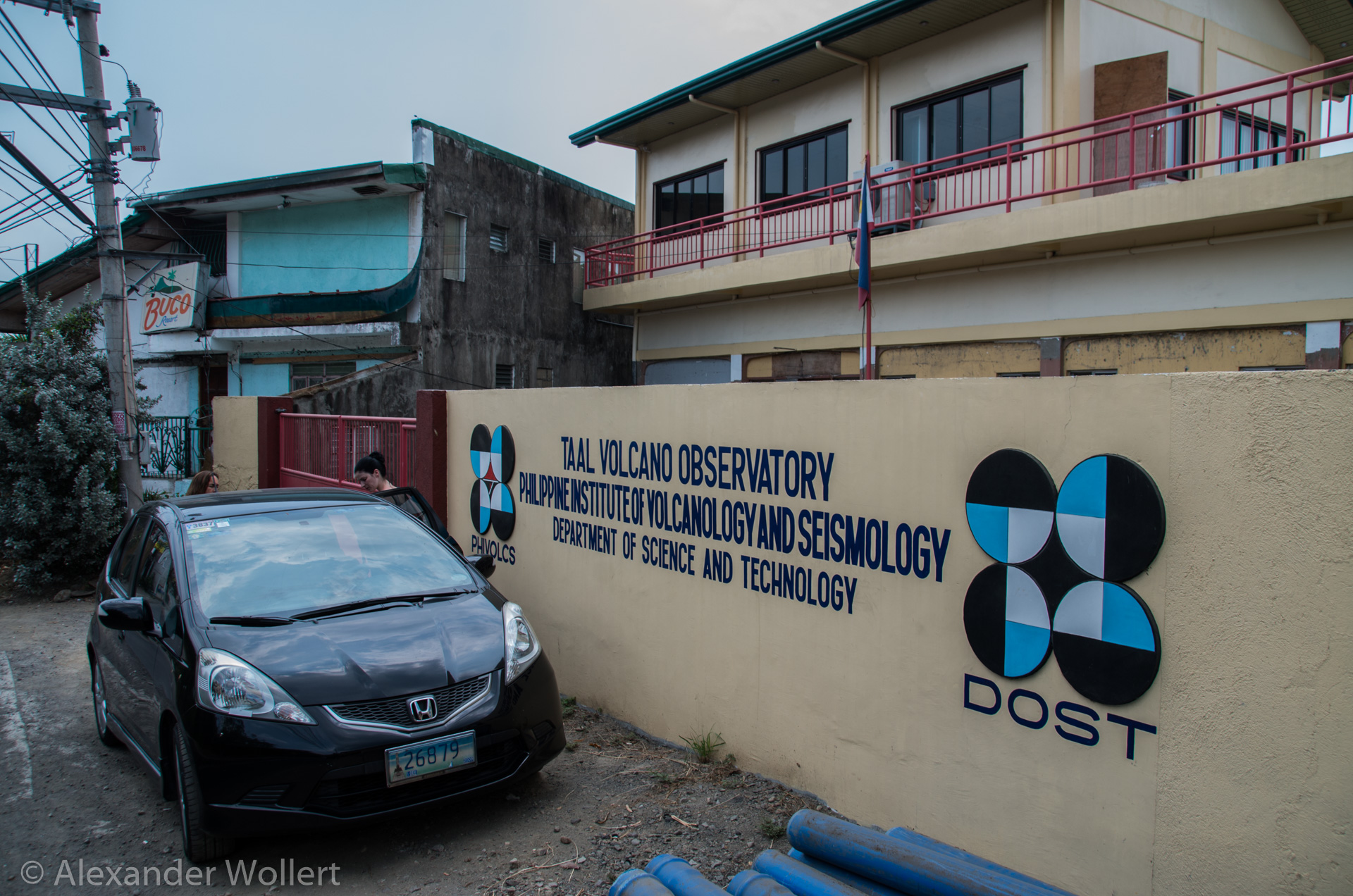
Caroline knows the people at the research station, which allowed us in. Because of the holidays, instead of the usual five-person crew, there was only one technician who willingly demonstrated his instruments to us and answered the question about our chances of dying in a volcanic eruption today.
Webcams were set up around the volcano to show the image on site. Numerous seismographs provided information about the activity underground.
On the screens you could see that there were a lot of outliers.
These are small tremors, Lucien explained to us, which reassured us very much. There were about a hundred of them a day. This is nothing unusual, so nothing seemed to stand in the way of our expedition and we were allowed to use the observatory’s boat.
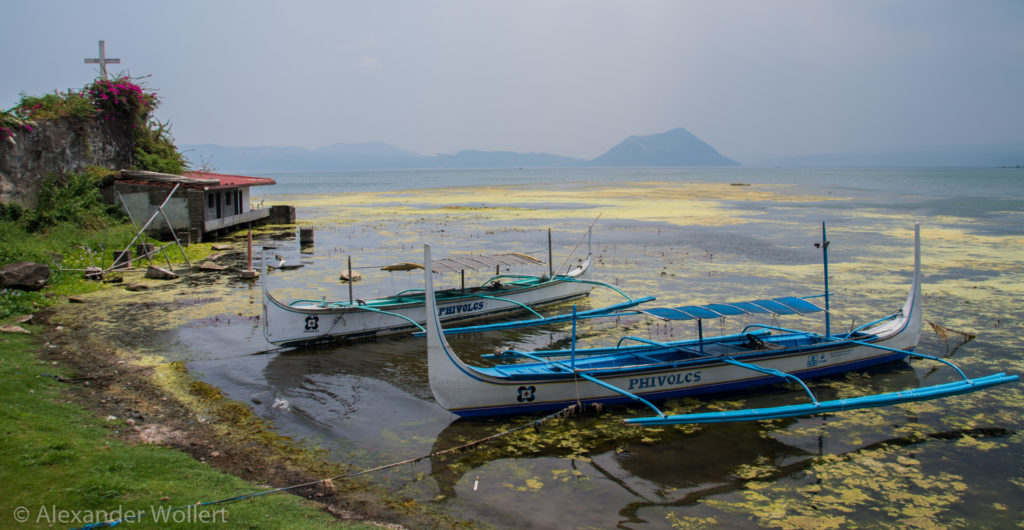

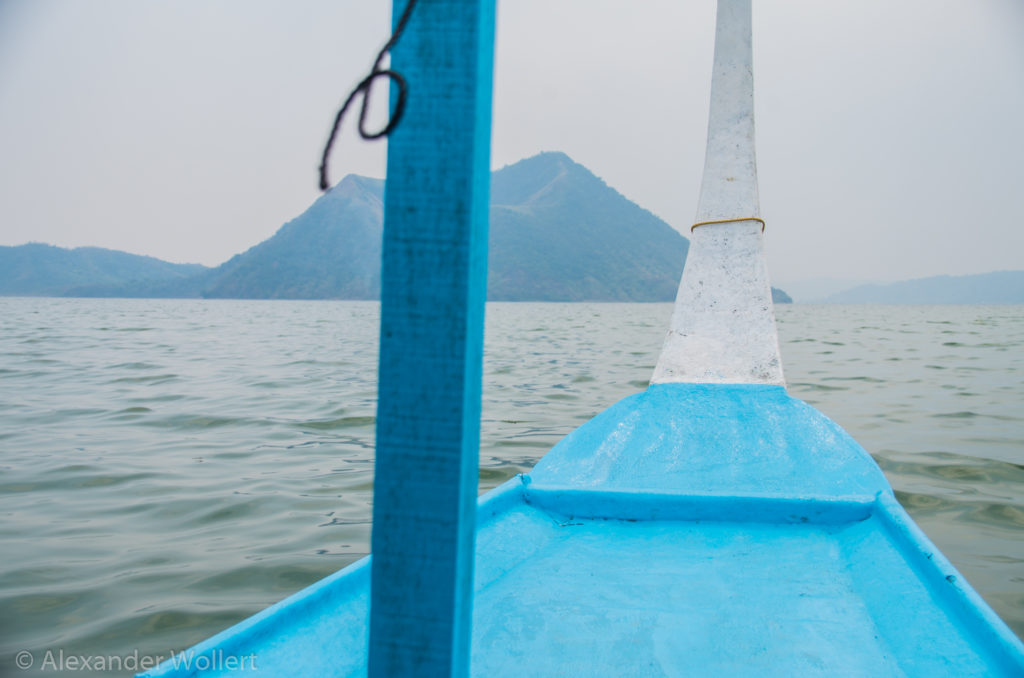
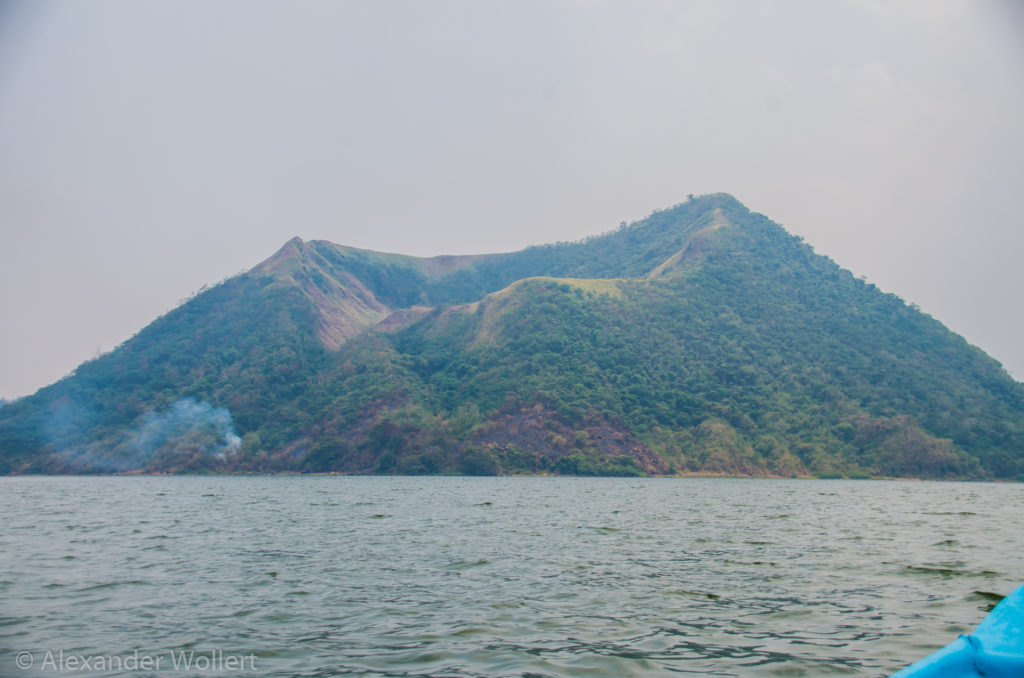

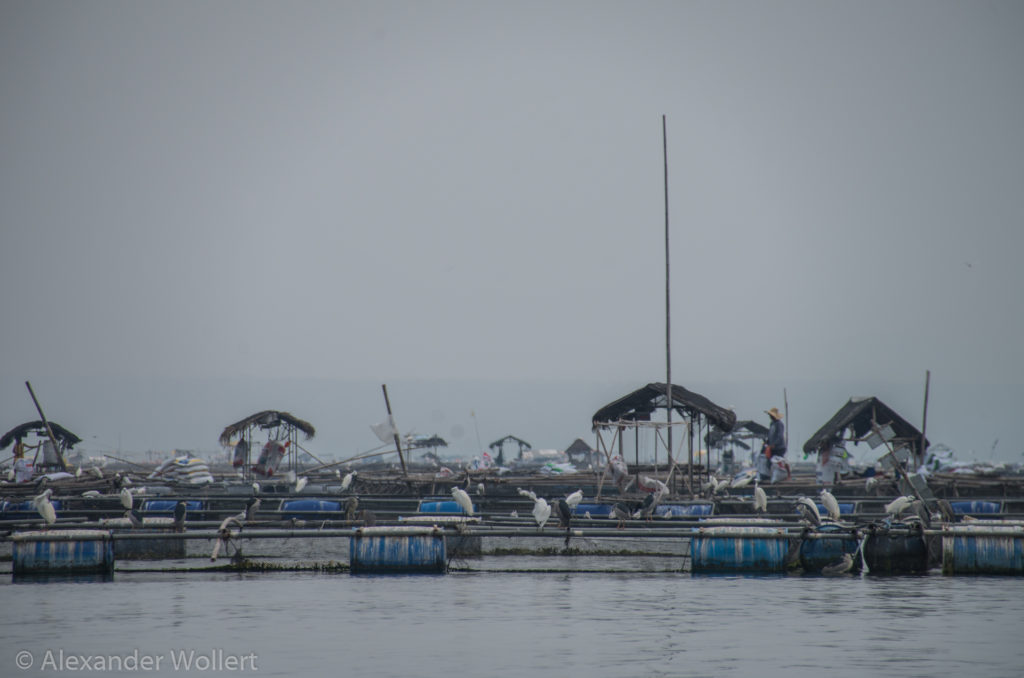
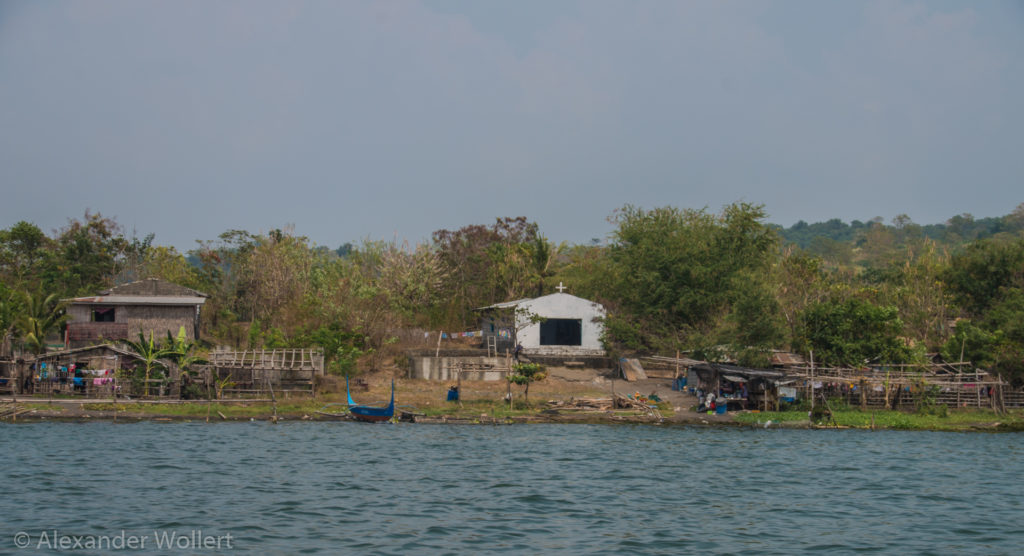


We crossed the lake, which was so shallow in large parts that you might have been able to wade through it.
There were an incredible number of fish traps here, with herons eating their bellies at the edges. On the island of the volcano one saw forests full of white spots – the herons had taken the island. There were dogs on some fish traps that may have been left there to drive the herons away.
In practice, however, these were just lazy in the sun, which was suddenly shining, and had obviously made a non-aggression pact with the birds.

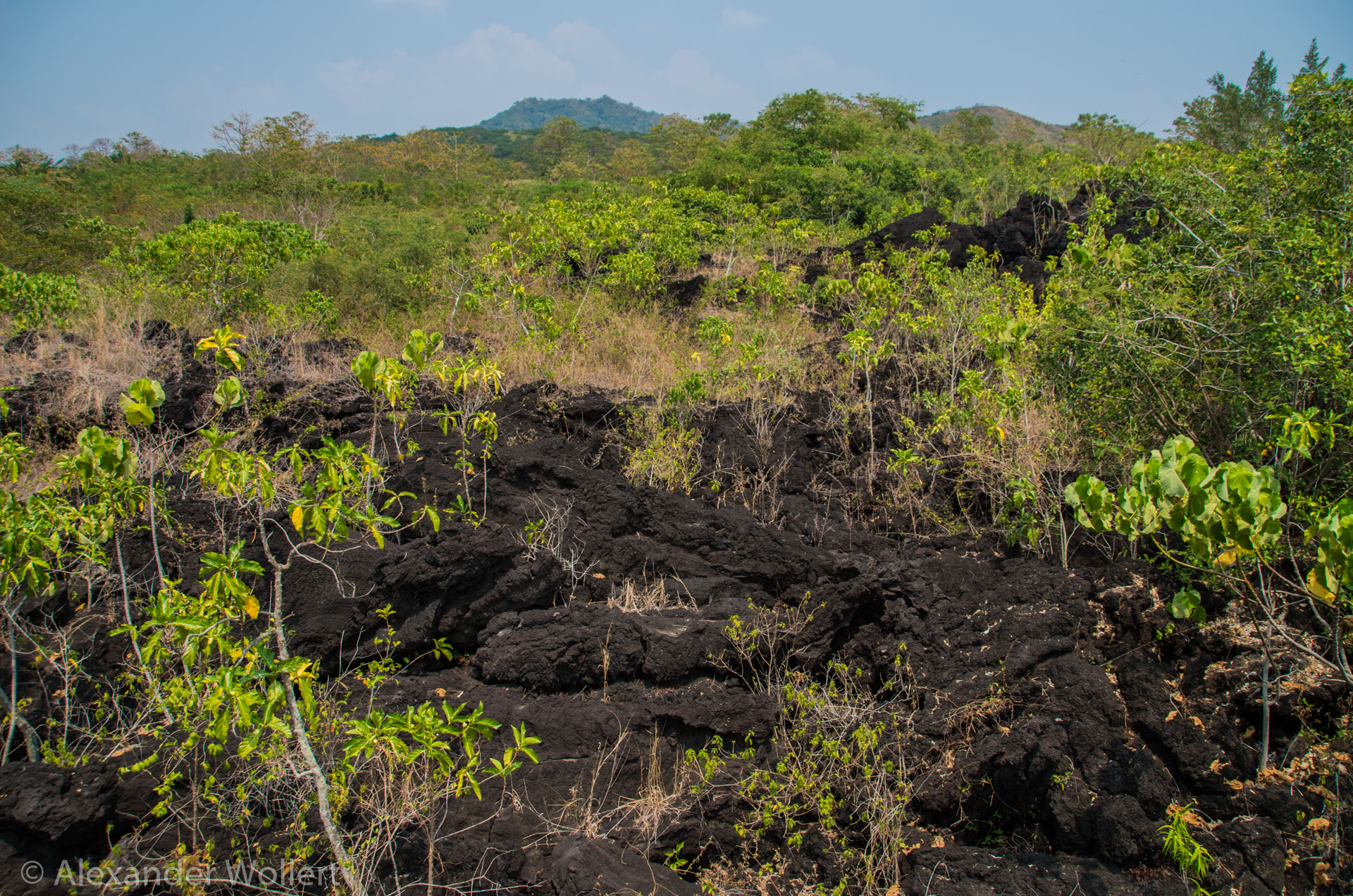
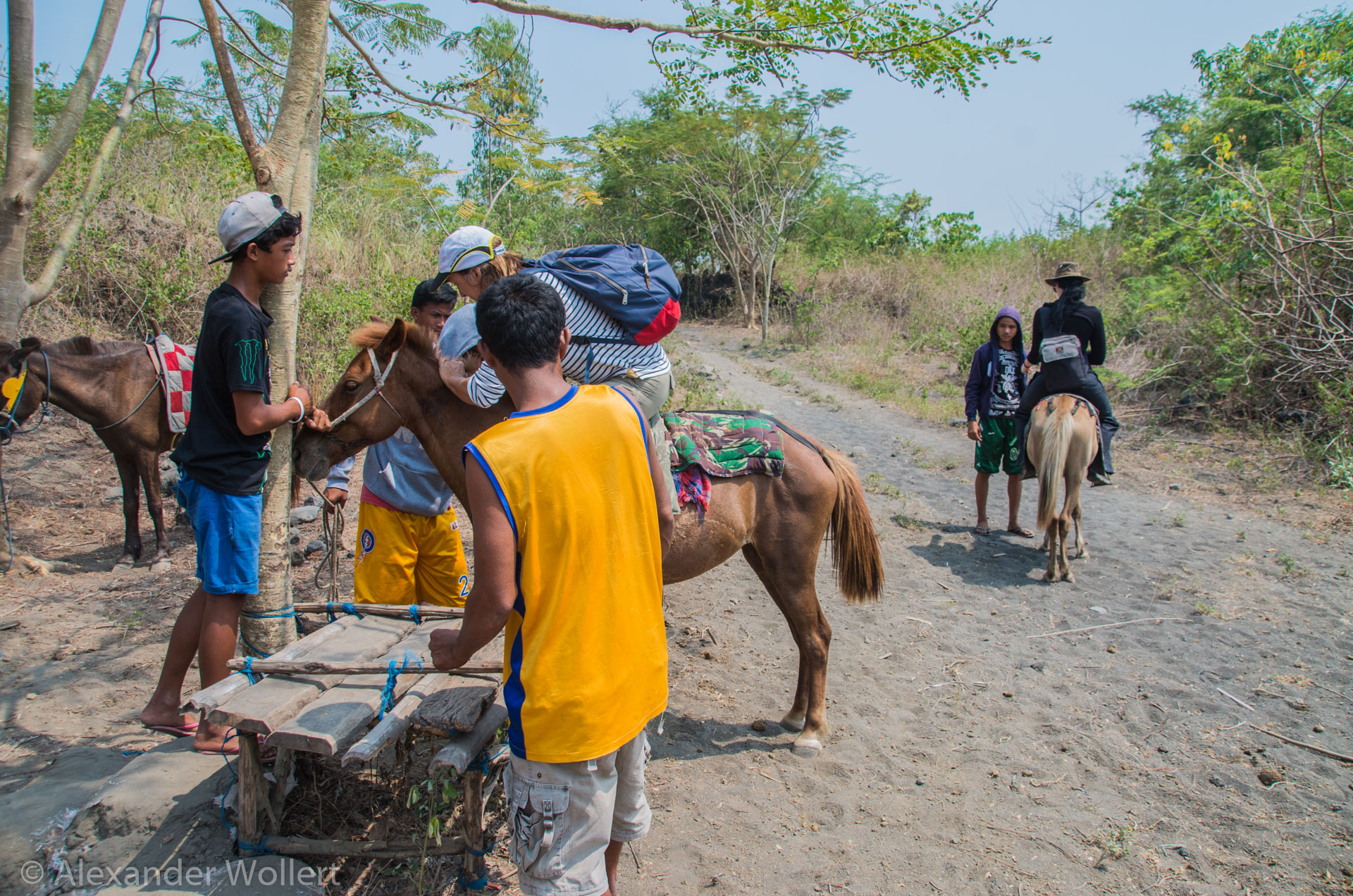
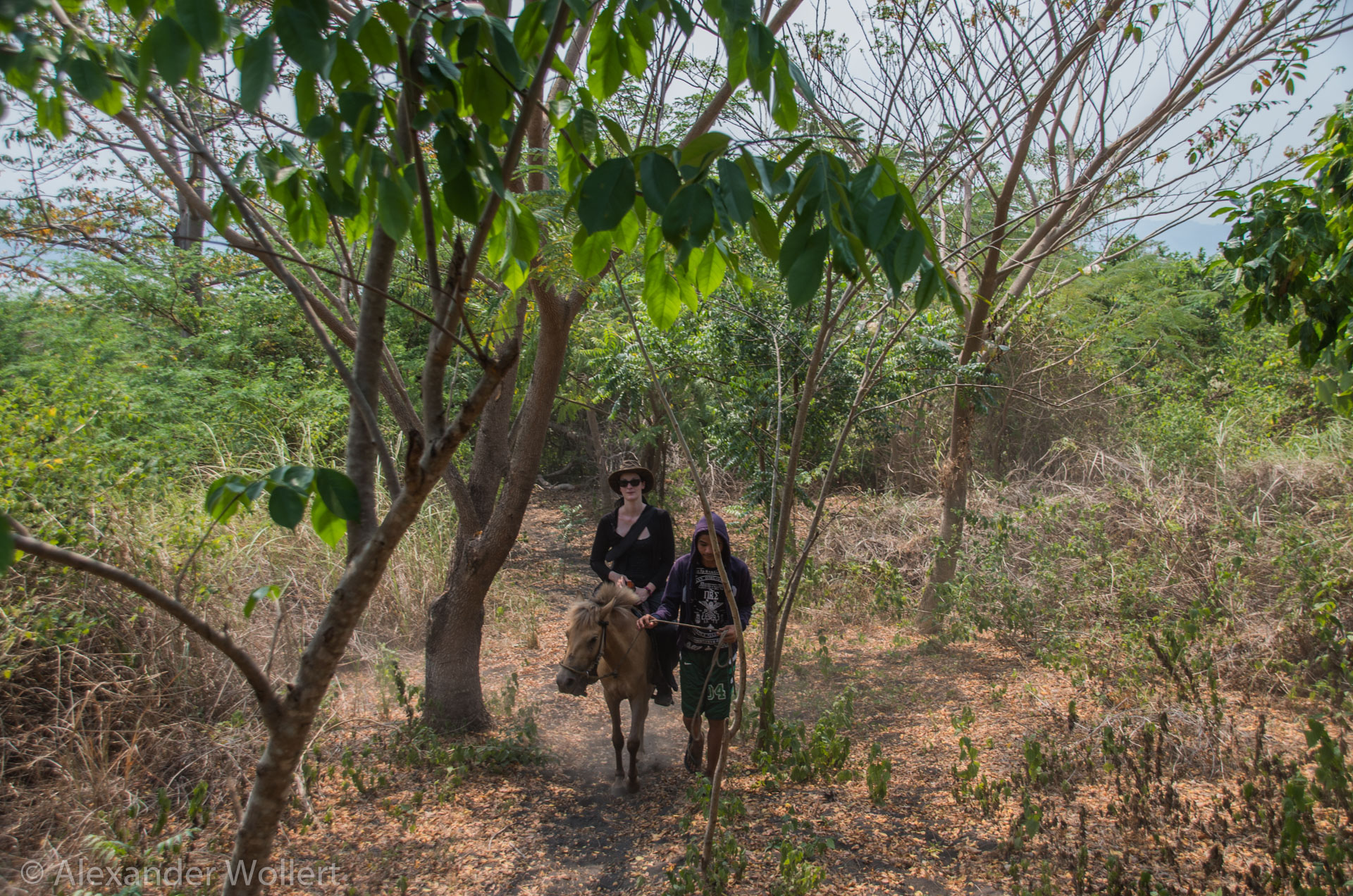
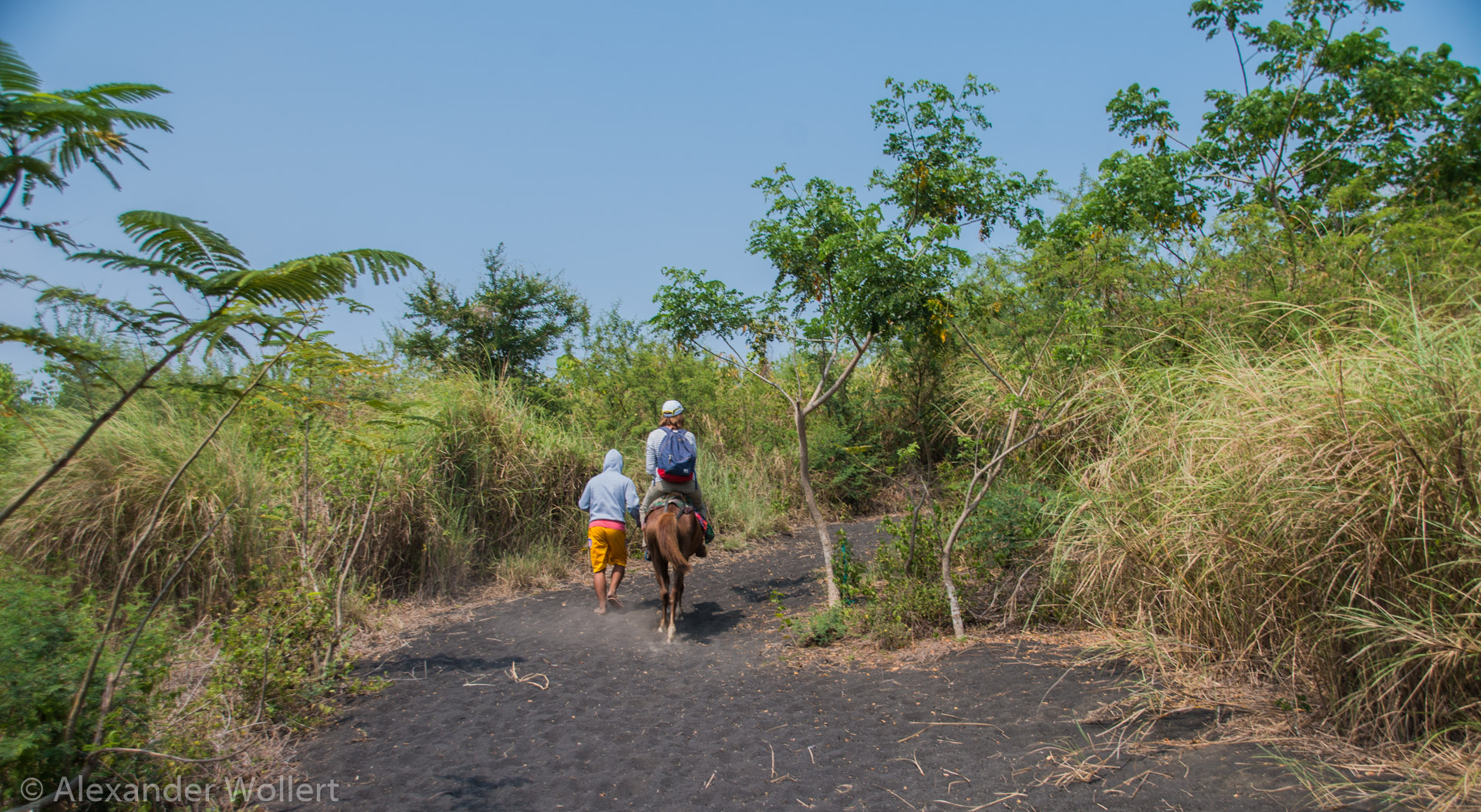

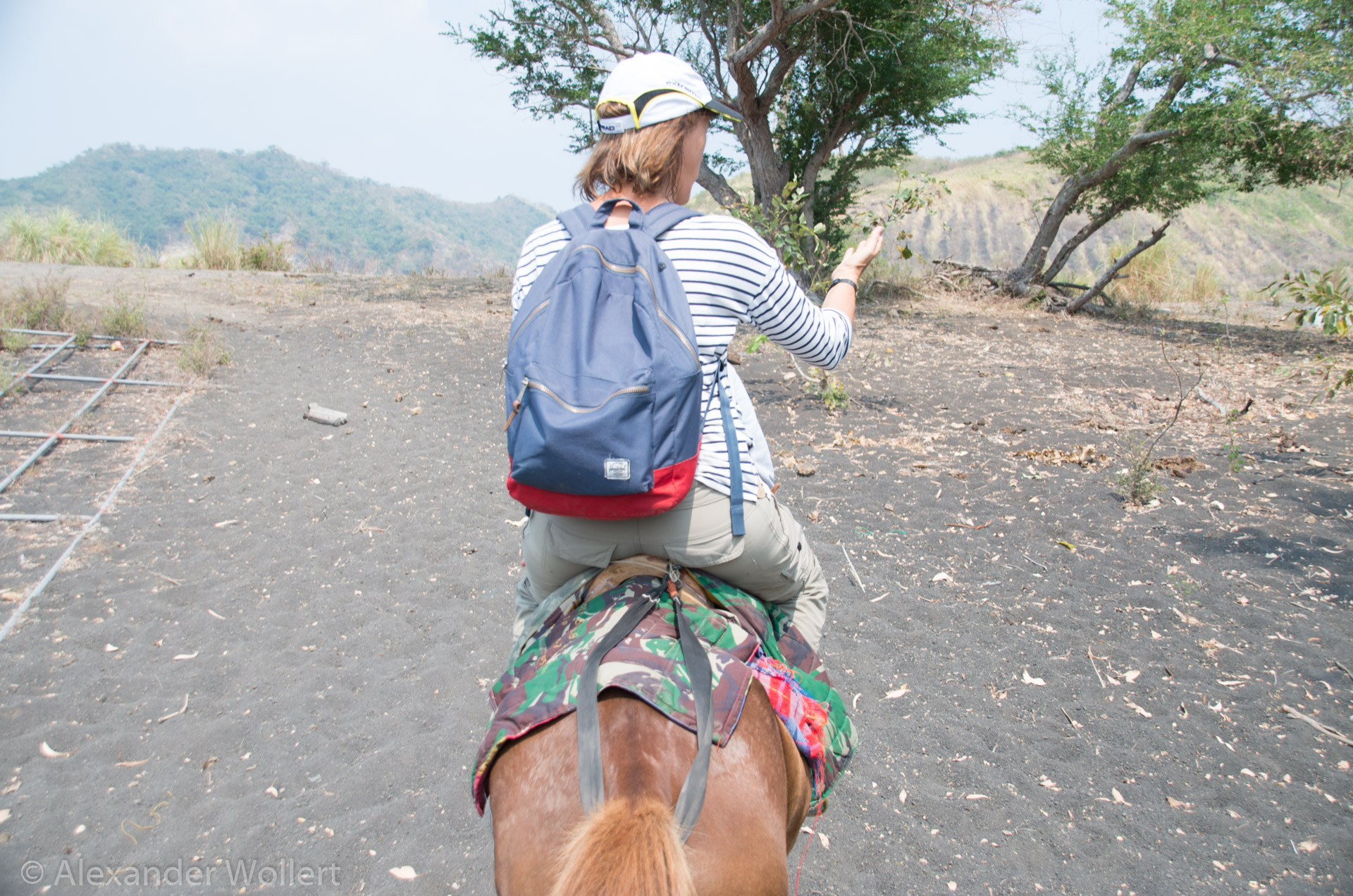
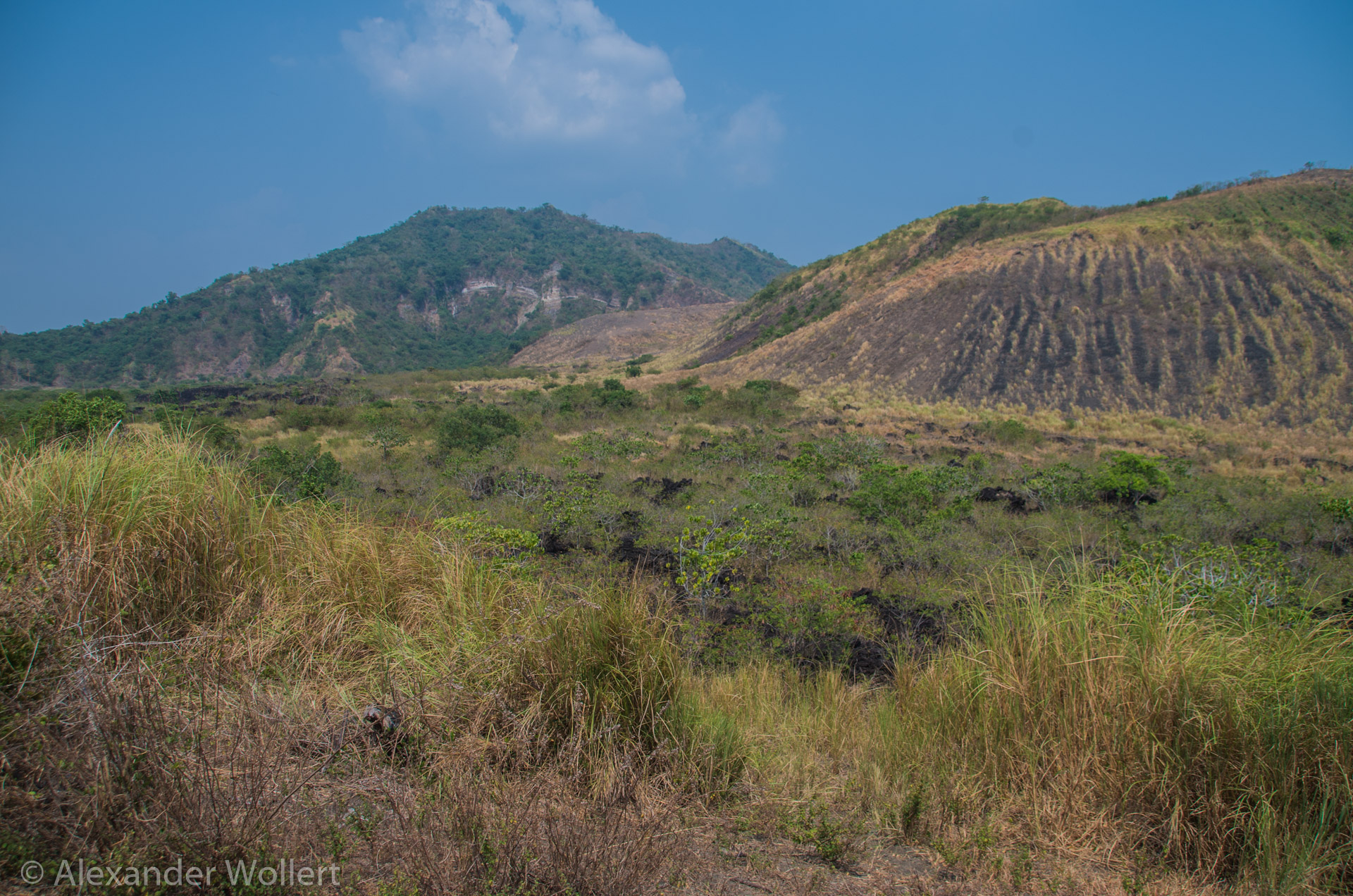
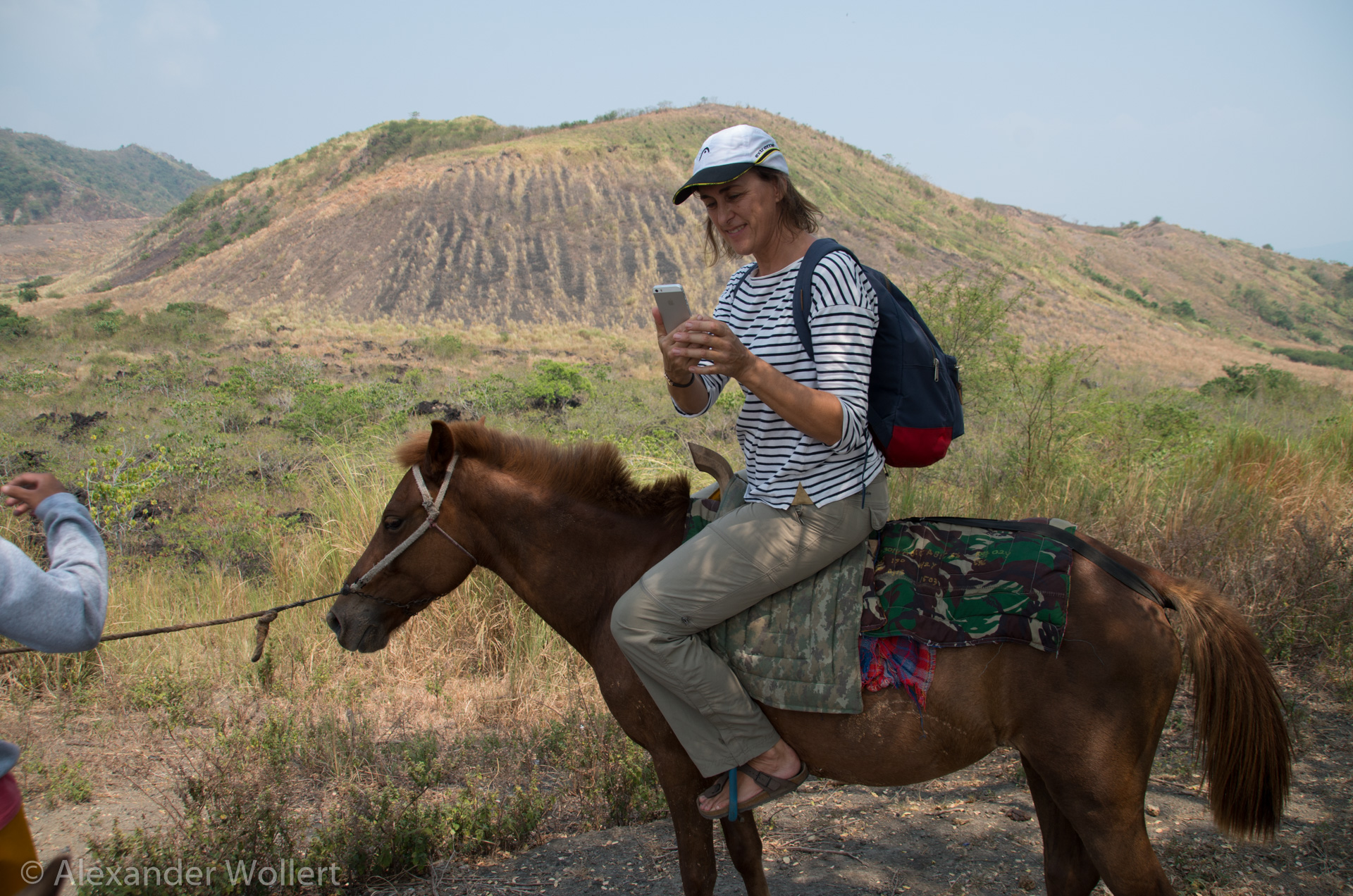

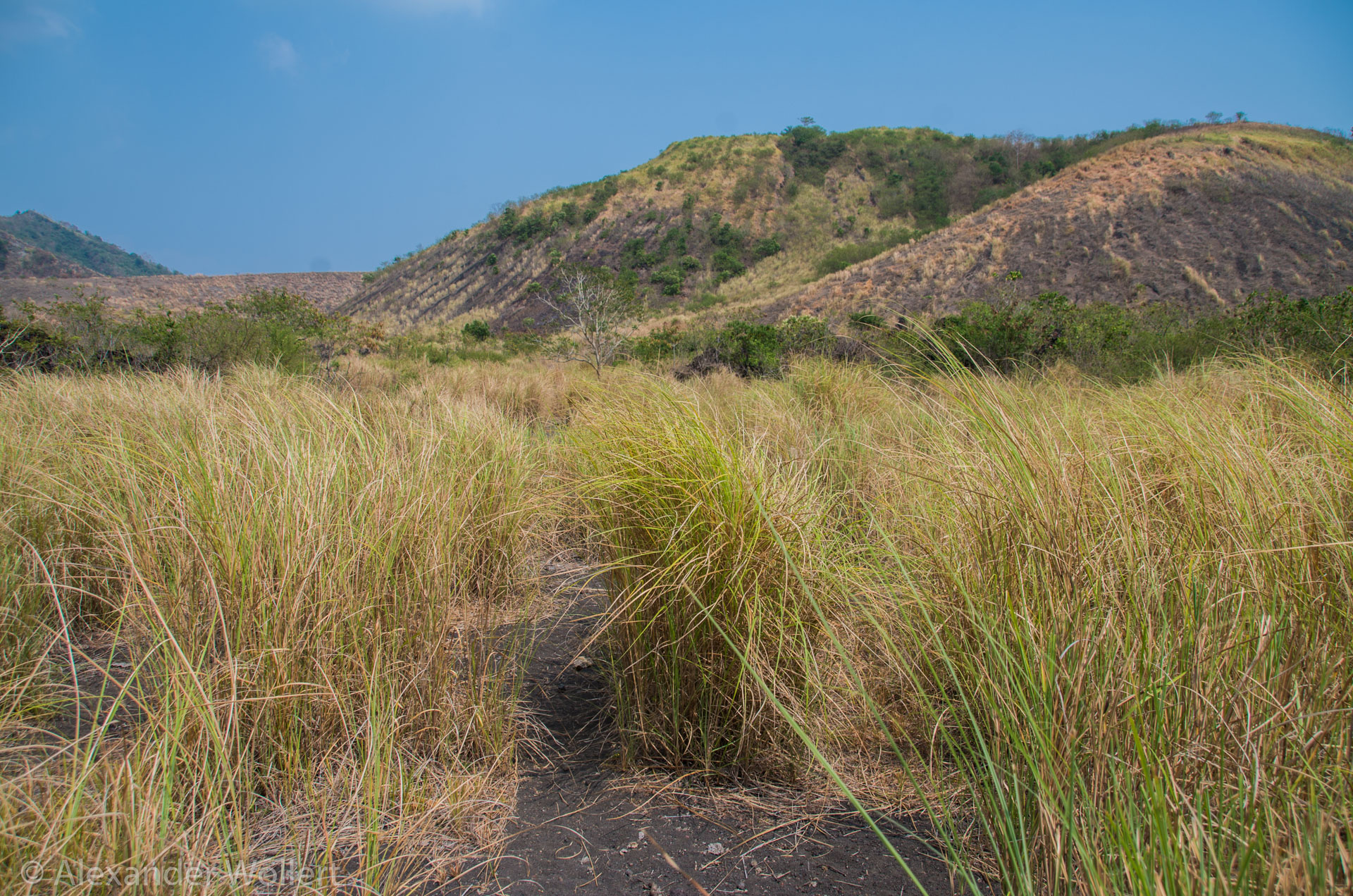
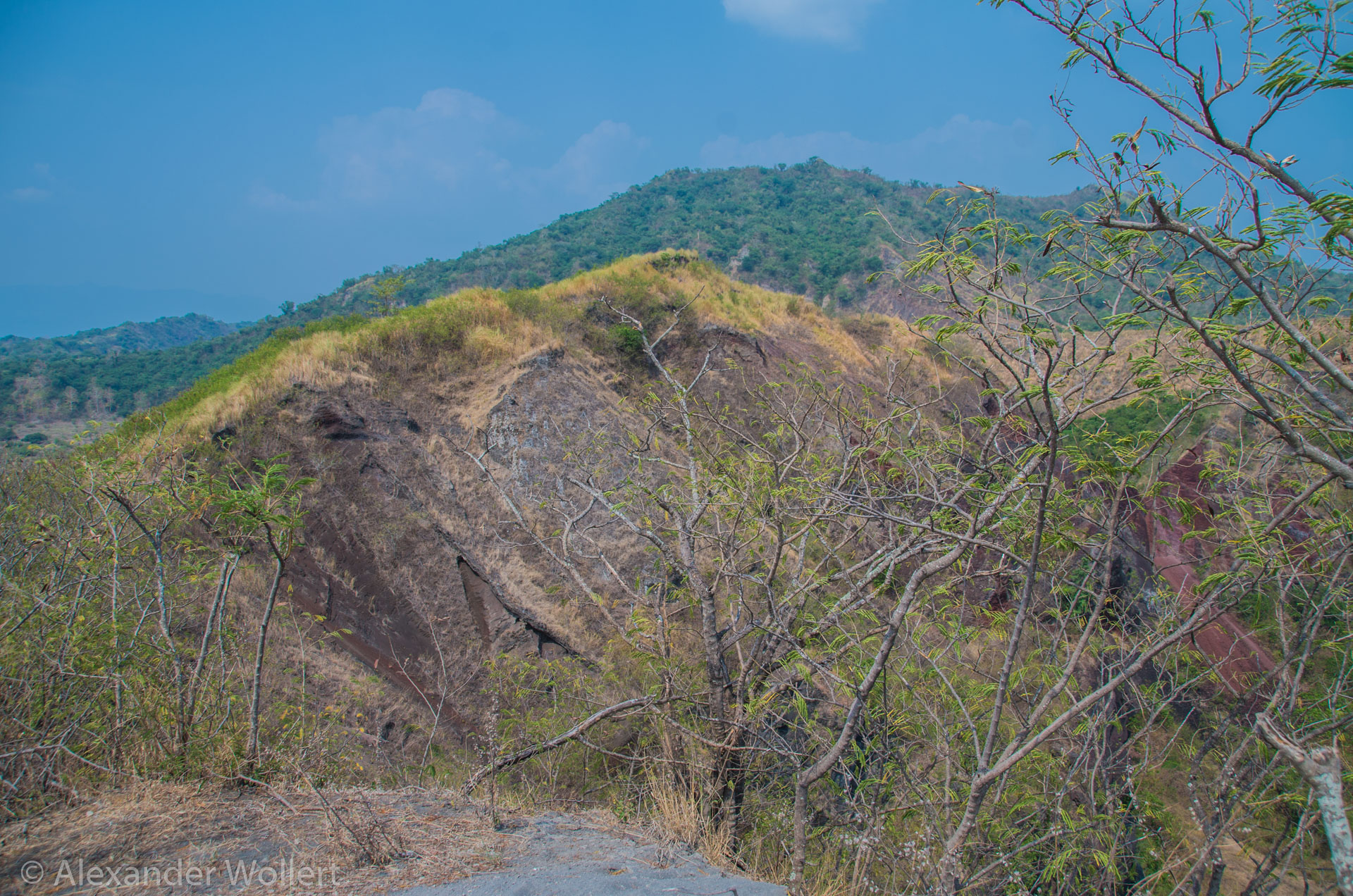

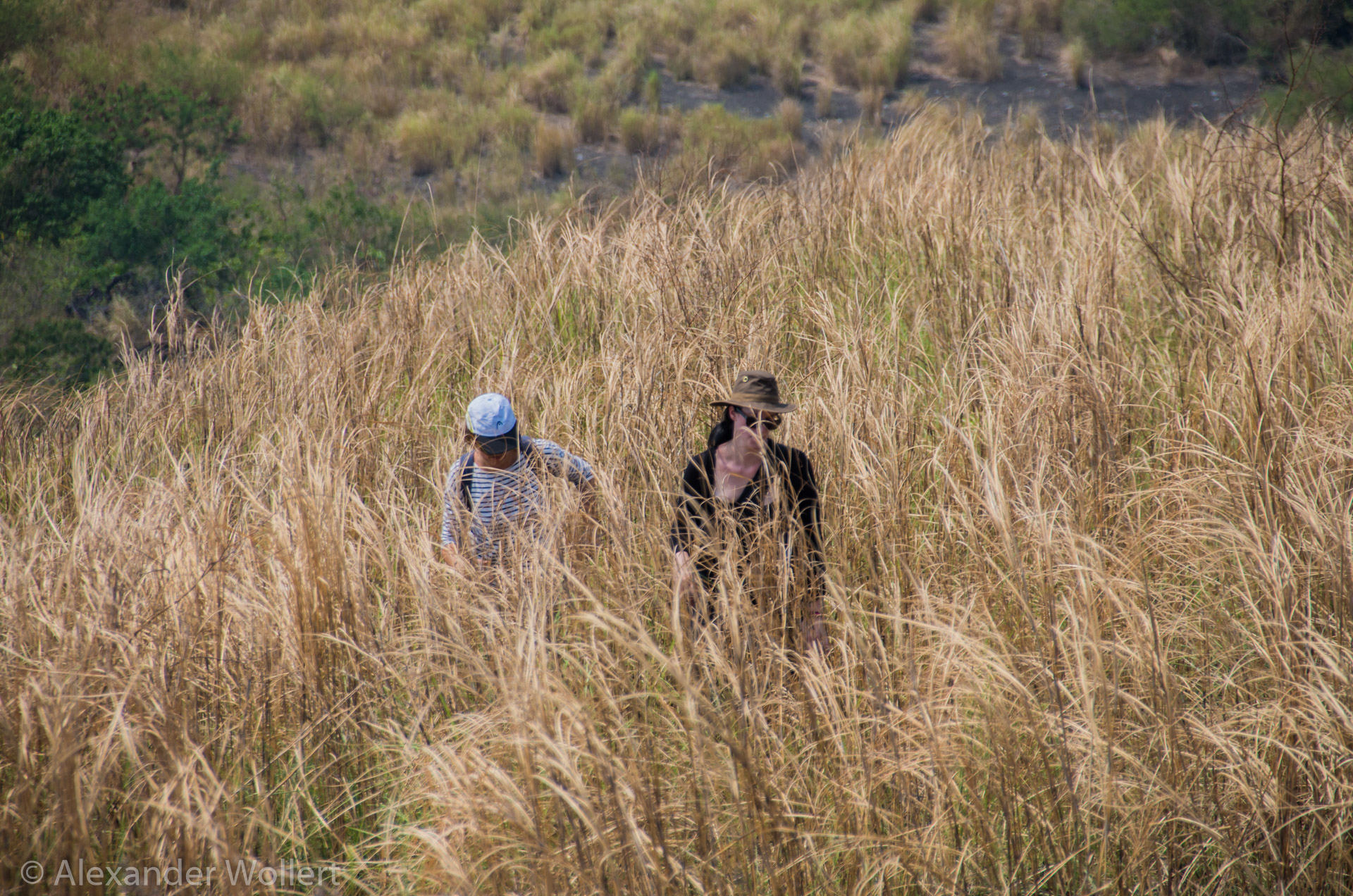
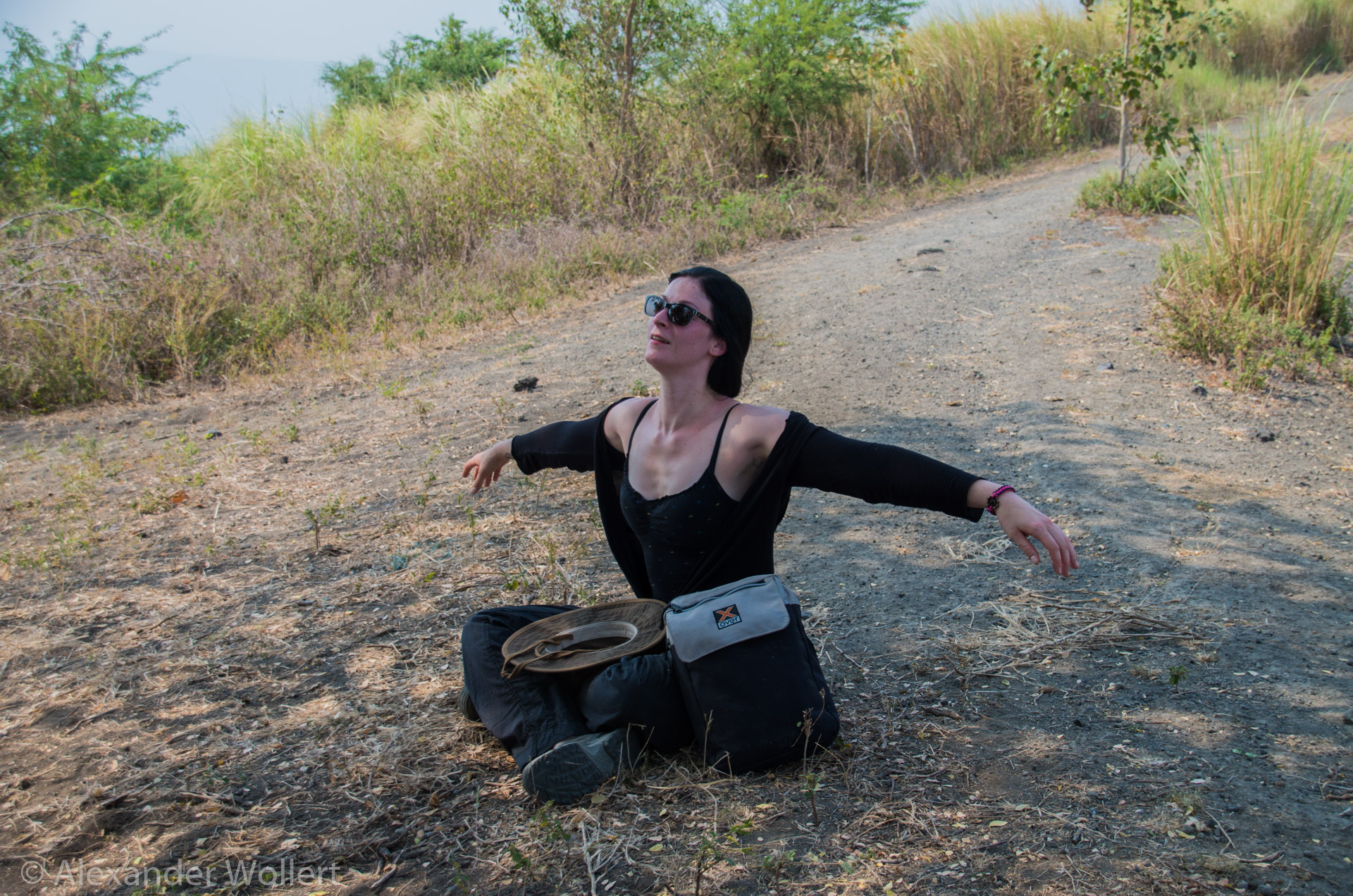
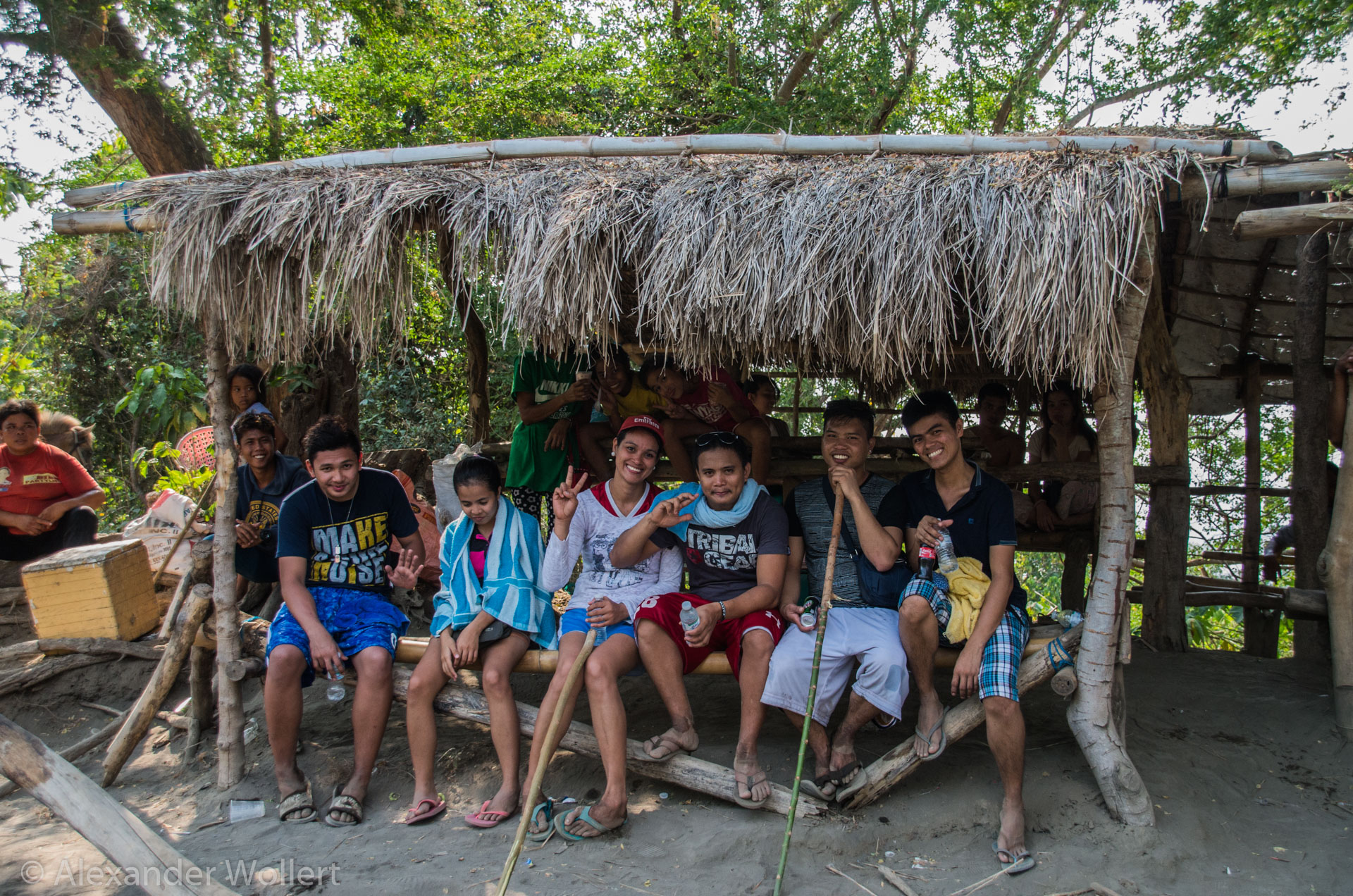
On land we took ponies on Caroline’s rates to be led by locals to the crater. On foot we made a detour to a small crater that had formed in the 70s and had a small eruption. They didn’t want to take us there with the ponies. The way was not long, but very arduous. It was because of the ash floor, which took two steps for you and reflected the heat of the sun. In addition, grass as tall as a man grew here, which cut into your skin when you walked through it.
We also met some Filippinos here who also enjoyed their holidays. When asked what happened to the ponies if the volcano erupted, the only answer we received was that there were no boats to save them. The ascent of the volcano was, as everywhere else, strictly forbidden, which everyone, as everywhere, absolutely ignored.
Riding was also difficult as you always had the dust on your face and you had to be careful not to fall off the little horses. Here too
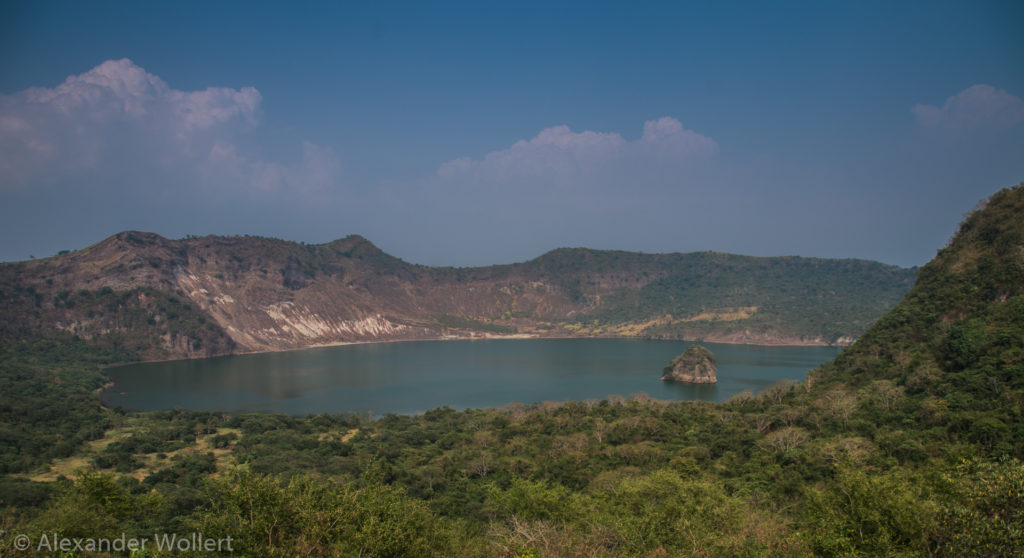
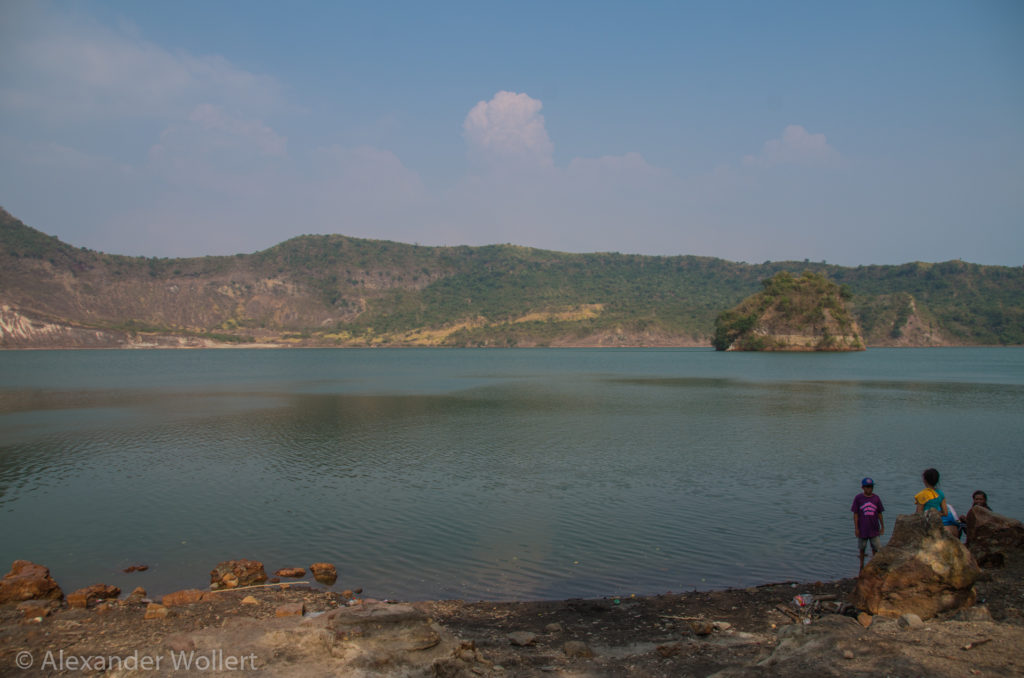
The crater lake itself wasn’t even very impressive. The water smelled sulphurous and remains of birds floated in the acidic water. That still didn’t stop some young Filippinos from jumping in while we didn’t even want to put our foot in.
It was already dusk when we got back to the boat and started our journey home.

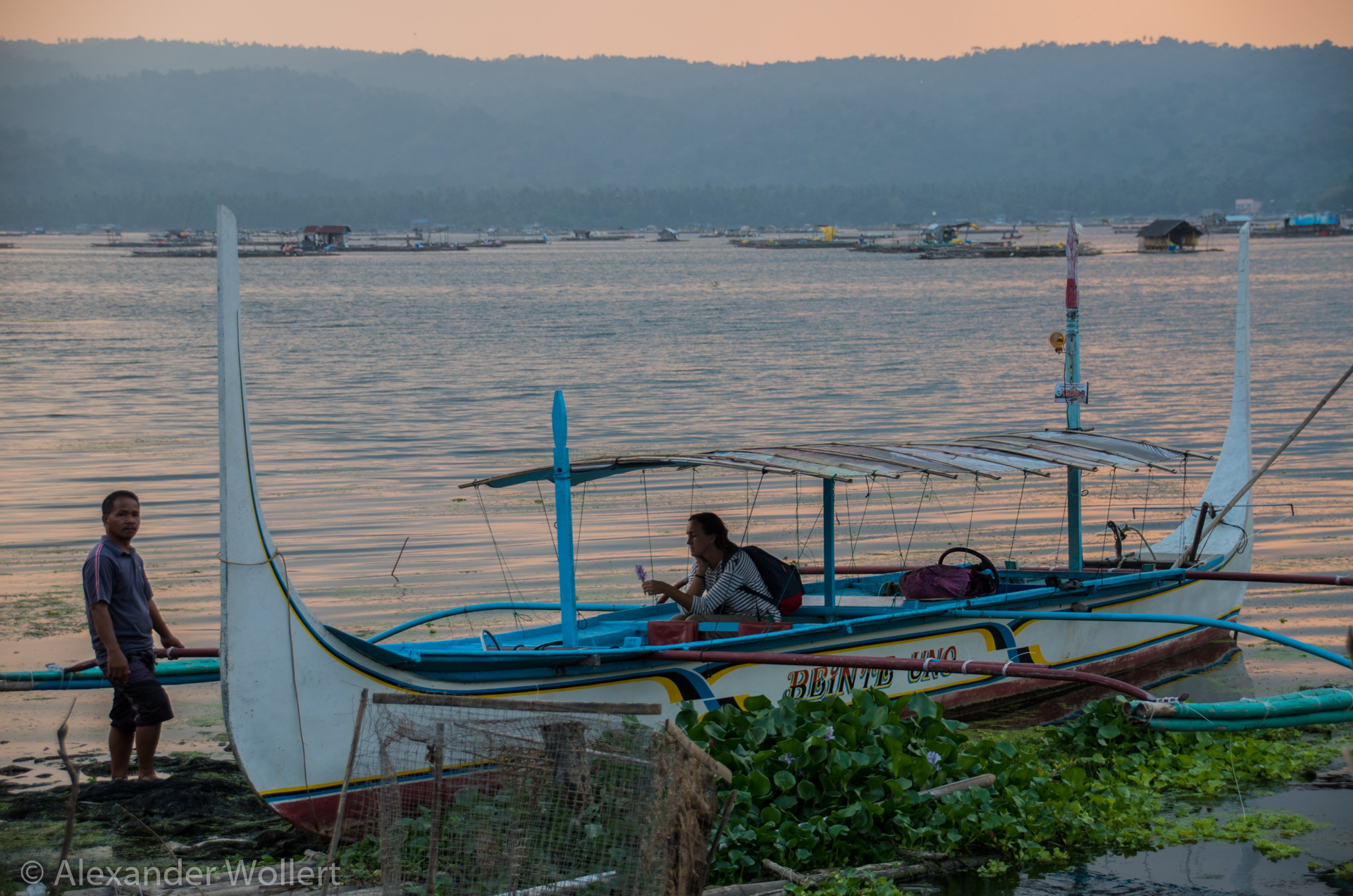
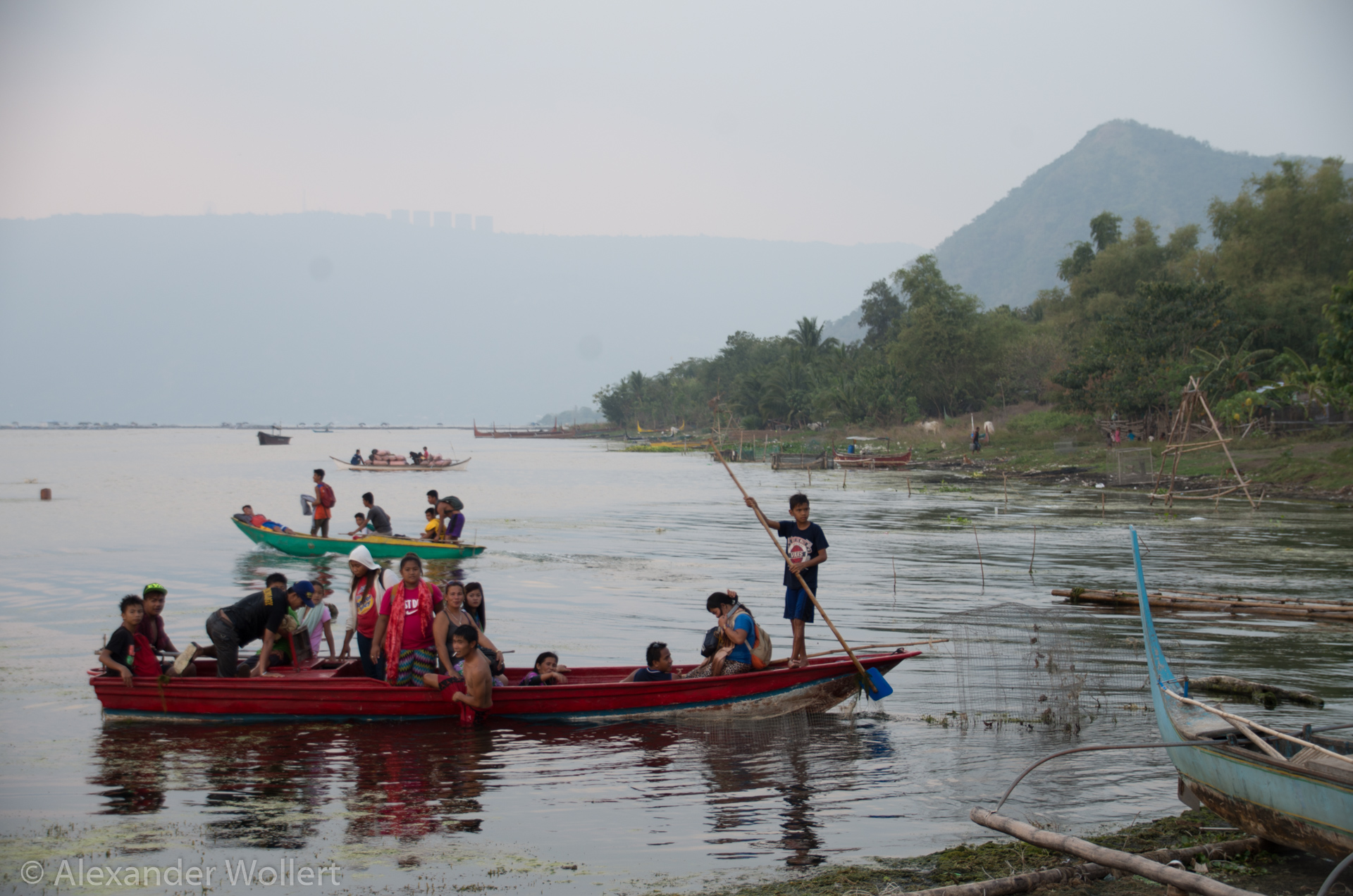
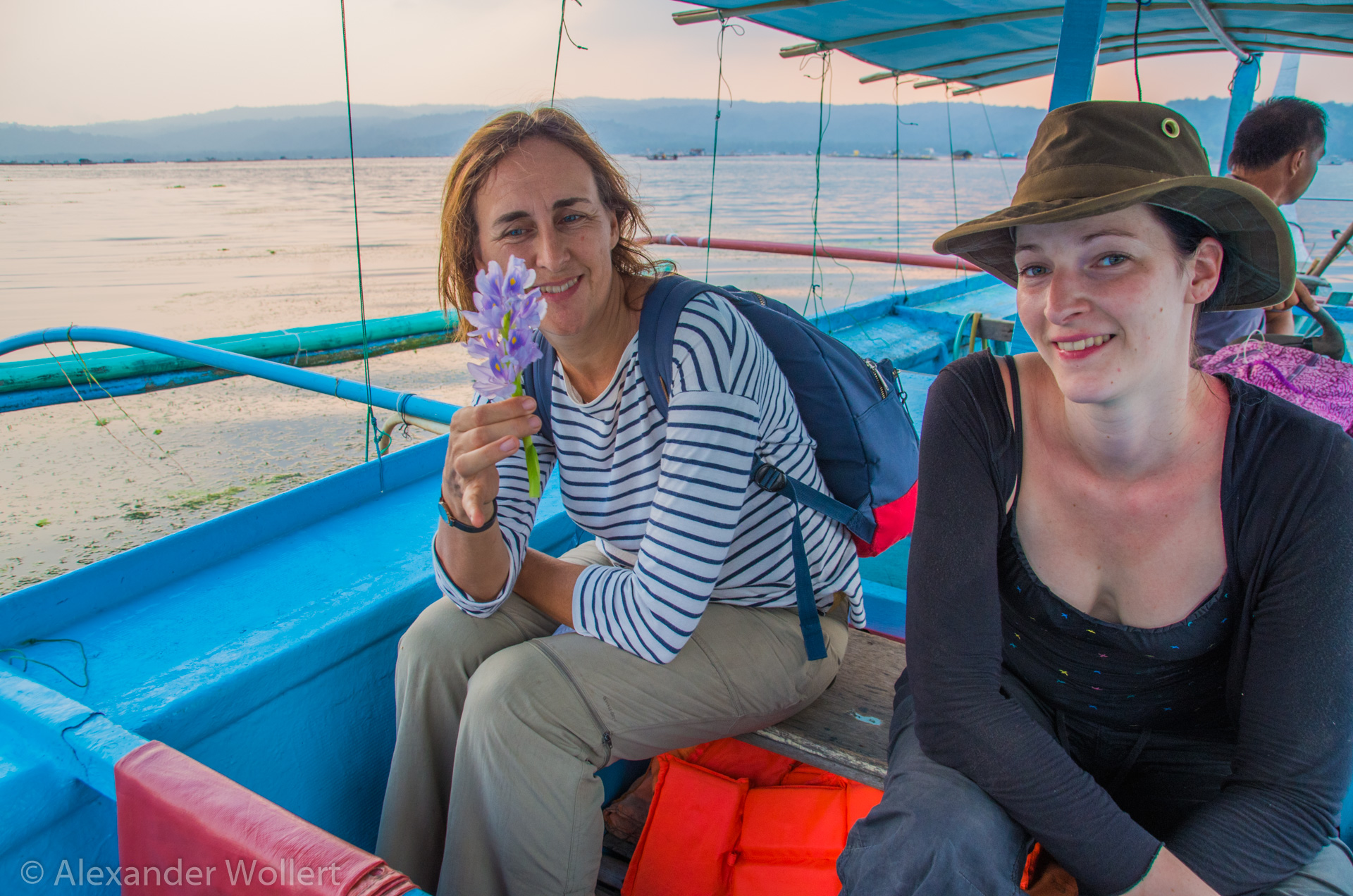



As long as we passed through villages there were always market stalls on the roadside, where you can get cheap bananas and pineapples, but also more exotic fruits that you don’t know here, such as the jack fruit, lanzone or guiabano. For something around € 1.60 you get more than you can carry.
First of all we said goodbye to our loved ones in Manila, whom we were supposed to see again on the last day before our departure in order to fly to the island of Busuanga. There we would board a traditional boat belonging to a group called the Tao and set off on a five-day expedition through the archipelago of northern Palawan. Civilization had one good thing: in Manila we bought a new GoPro for future adventures.
